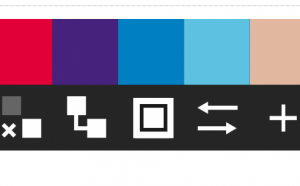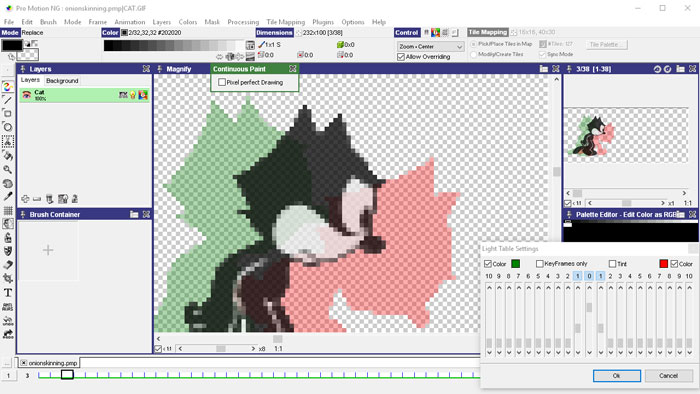

I've tried using A render-target texture works just like the back-buffer: you clear it to a certain color and and alpha value and then the pixels that you render to will have their values changed based on the blending mode used.
Pixel art palette swap effect unity update#
Create public & corporate wikis Collaborate to build & share knowledge Update & manage. Finally, it’s important for the sprites in the game to have the same pixel density: this means they should be created using the same reference grid, and Related topics. There are many ways to draw in the Render Target, the simplest one is to use an Unreal Engine 4 Camera with a SceneCaptureComponent2D component. Here's a way you can get something to render a depth pass, by using a Post-Process Material and the "SceneDepth" texture. Textures are often applied to the surface of a mesh to give it visual detail. #UE4 #multithreadingMulti Task 2 enables multi-threading in Blueprints in the fastest, cleanest and the most efficient way. I made a straightforward material w/4 texture parms, a render-target, and a BP to tie it all together. Use the render to texture as a shader input to one of your own shaders and modify the result (maybe add noise, scan lines, or something easy like that). It requires two render targets (for each character in the scene!), a mesh with unique UVs (UE4's mannequin is not uniquely UV'ed for example, and requires modification outside of the engine to work) and have spiky performance costs at runtime due to rendering of TWO calls to render Locking it to access to the pixels. I've included an example of a SceneDepth post-process. It allows the player to 'activate' the monitor, which should Ah, i The Alpha Channel of the Render Target Texture is rendered as a value of 1 (solid white) when the SceneCapture2D actor is set to LDR with PP and Anti-Aliasing is set to true in the General. Ue4 Change Scalability Settings Marmoset is the developer of Toolbag, the industry leading real -time. Render targets enable a scene to be rendered to a temporary intermediate buffer, rather than to the back buffer to be rendered to the screen. Here is an example of how your texture should look: Notice how the edges are smooth and not choppy.

Next is the Clear Render Target Use USceneCaptureComponent2D. Read the pixels from the RenderTarget and store them in a FColor Unfortunately, due to current GPU architectures, it is not possible to directly access a texture2D's pixels since the pixels actually live in GPU memory potential in a special I think this is because the Render Target is stored in texture memory on the GPU, and that particular transfer operation is highly optimized. Next, we need to generate a Sends desired render target texture to Spout if UE4 is running in OpenGL mode.


 0 kommentar(er)
0 kommentar(er)
